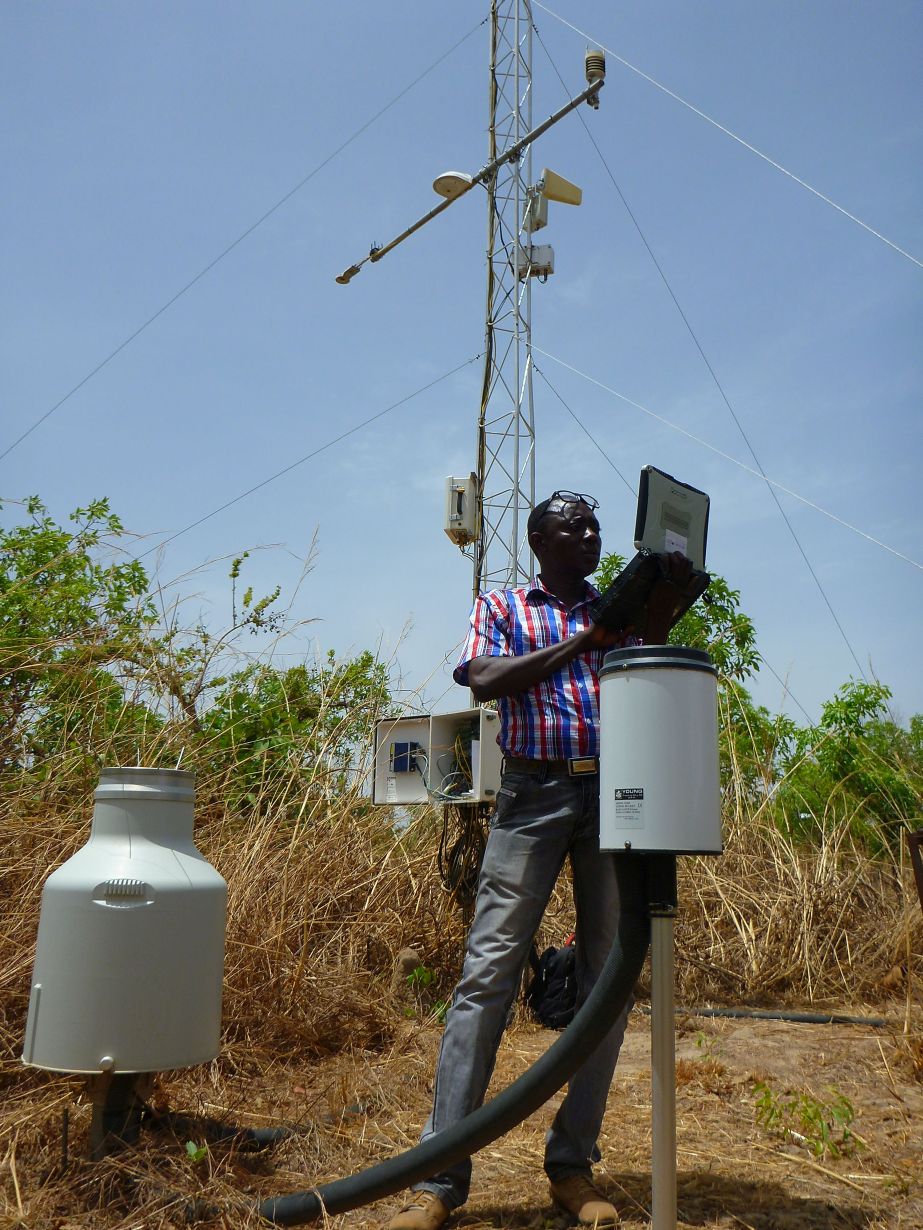Climate change aggravates global health problems, above all for people in Africa. The group “Climate change and Health in Sub-Saharan Africa” funded by the German Research Foundation (DFG) studies climate-induced damage to health in Burkina Faso and Kenya. Within this project, a team of Karlsruhe Institute of Technology (KIT) develops a high-resolution forecast model for the spread of malaria. It strongly depends on temperature, precipitation volume, and humidity in the respective region.
“Malaria still is one of the most dangerous diseases in particular in tropical countries,” says Professor Harald Kunstmann, expert for regional climate and hydrology at the Institute of Meteorology and Climate Research – Atmospheric Environmental Research (IMK-IFU) at KIT’s Campus Alpine. According to the World Health Organization, 216 million cases of malaria and 445,000 malaria deaths were recorded in 2016 alone. In the respective regions, spreading of the disease via the anopheles mosquito strongly depends on temperature, precipitation volume, and humidity. The threshold values of these parameters play an important role for the spreading of the mosquito and the plasmodium pathogen. “Considering the increasing variations of temperature, precipitation, and humidity due to climate change, precise knowledge of the changes in these variables indicating the malaria risk is more important than ever,” Kunstmann emphasizes.
Research of the KIT team focuses on the regions of Kisumu in Kenya and Nouna in Burkina Faso, in which detailed health and malaria data exist. Moreover, the meteorological measurement network is planned to be extended by another five weather stations. Based on the high-resolution climate data and the already existing health data, the scientists will develop a new computer system to model in very high detail the hydro-meteorological variables determining the spreading of malaria. In addition, the system will model the temporal and spatial propagation of the parasite. The simulation will also take into account findings on how changing of land use influences the spreading of malaria.
Within the next three years, the experts will develop and validate their computer model system chain on a small regional scale and quantify its uncertainties. “This work may give rise to an instrument to forecast the spread of malaria as a function of the local climate conditions in larger regions or even on a nation-wide scale,” says climate researcher and hydrologist Kunstmann.
Climate Change and Health in Sub-Saharan Africa
Apart from the increase in malaria, the DFG research group will also focus on malnutrition of children and the consequences of heat stress. Under the direction of the Heidelberg Institute of Global Health of the Faculty of Medicine of the University of Heidelberg, the group will start work on January 01, 2020 and will be funded with about EUR 5 million by the German Research Foundation (DFG) for the next three years. Apart from KIT, the consortium members are, among others, the Potsdam Institute for Climate Impact Research, the German Institute of Human Nutrition in Potsdam-Rehbrücke, Charité-Universitätsmedizin Berlin, Humboldt Universität zu Berlin, the Swiss Tropical and Public Health Institute, the Centre de Recherche en Santé de Nouna in Burkina Faso, and the Kenya Medical Research Institute in Kisumu.
More about the KIT Climate and Environment Center: http://www.klima-umwelt.kit.edu/english
Being “The University in the Helmholtz Association”, KIT creates and imparts knowledge for the society and the environment. It is the objective to make significant contributions to the global challenges in the fields of energy, mobility, and information. For this, about 10,000 employees cooperate in a broad range of disciplines in natural sciences, engineering sciences, economics, and the humanities and social sciences. KIT prepares its 22,800 students for responsible tasks in society, industry, and science by offering research-based study programs. Innovation efforts at KIT build a bridge between important scientific findings and their application for the benefit of society, economic prosperity, and the preservation of our natural basis of life. KIT is one of the German universities of excellence.

